Treatment of tellurides without roasting

Among other suggestions for rendering the presence of oxygen in cyanide solutions unnecessary, the most striking was The Sulman-Teed Process, who use cyanogen bromide, CNBr. The addition of this substance to a solution of potassium cyanide makes it much more rapid in dissolving gold. They put forward the equation: CyBr + 3KCy + 2Au = […]
Which Grinding Mill is Best for Regrinding by Types

Ball Mills and stirred mills are applied across a wide range of applications, but for each ore there is optimum efficient range. The figure to the left shows the typical application ranges for ball mills and stirred mill. The Vertimill is always more efficient than a ball mill with energy savings ranging from 30% to […]
Optimized Laboratory Crushing Tests
The first step in minerals beneficiation of an ore is normally crushing which has been defined “as the operations required to reduce run-of-mine ore to grinding feed size”. It would therefore follow that the first metallurgical testing should be conducted on run-of-mine ore but, due to its size, this would be rather impractical. However, there […]
Chain Mill
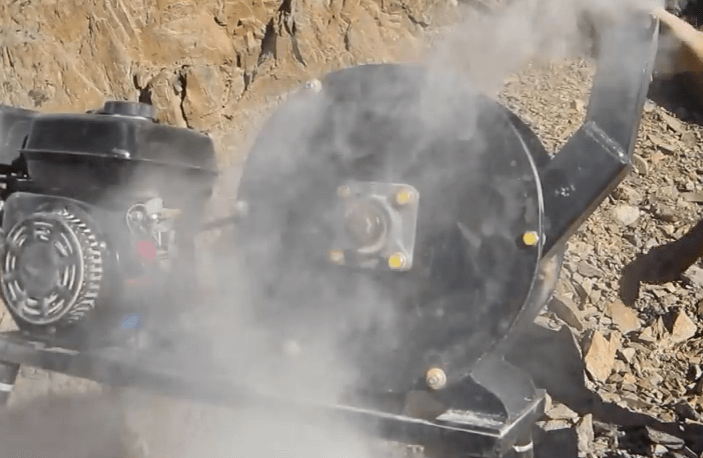
A Chain Mill is a total amateur’s tool for “crushing or grinding” rock. It is a set of chains attached directly at the end of a 1700+ RPM motor. The chain will beat your rock to bug-dust, pulverise it, and any gold it might contain, into a size fraction so fine you will not be […]
DIY Ball Mill Plans – Homemade Rod Mill Drawing
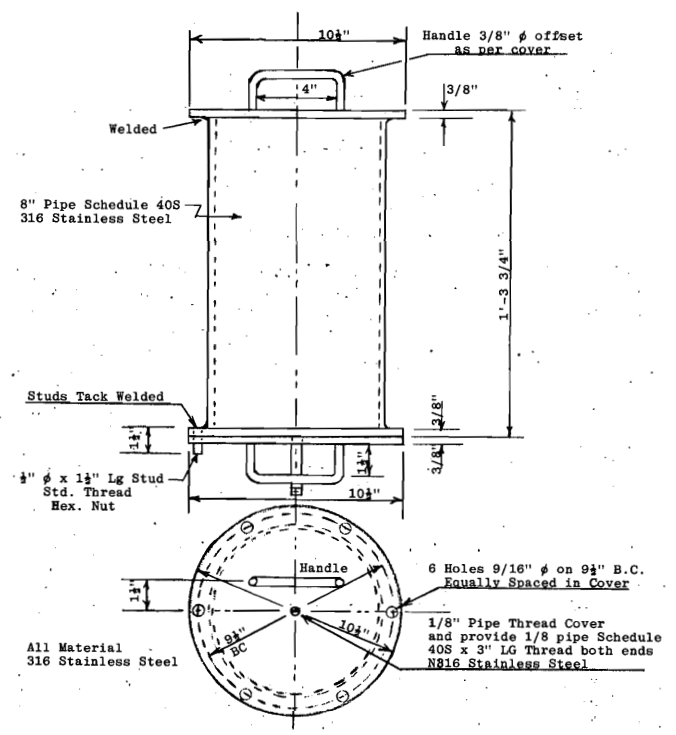
By this drawing, it is suggested that a typical homemade laboratory rod mill or ball mill might be fabricated from 20 cm (8 inches) diameter schedule-40 type 316 stainless steel pipe and would be about 38 cm (15 inches) long. The plans show stainless steel grinding rods for this size of mill may be a […]
Metallurgical Testing Program & Management
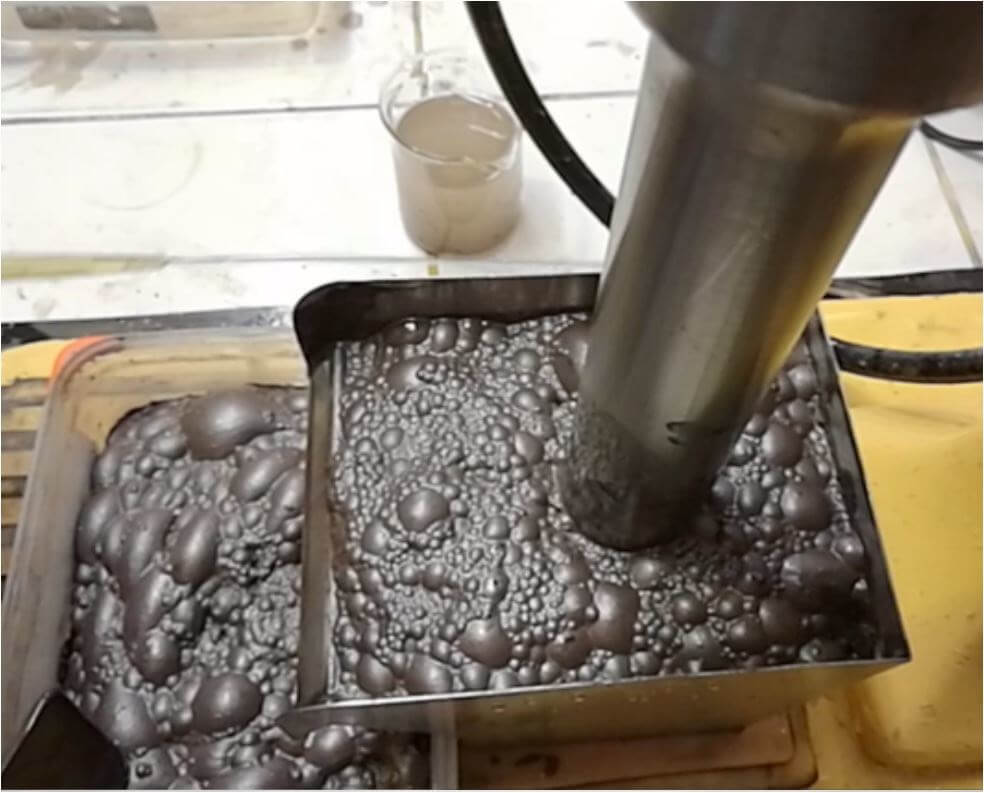
Metallurgical testing and corresponding flowsheet development programs involve acquisition of certain basic information, a laboratory testing phase, the preparation of reports and, finally, flowsheet development. Management of the basic information includes information relevant to location, the nature of the ore body, sampling, marketing and specifications, environmental guidelines, and a review of literature and current practice. […]
Mechanical Types of Furnaces used in Metal Industry
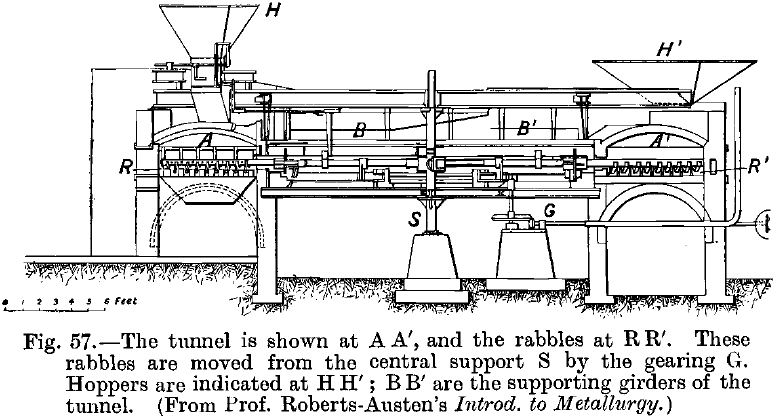
The furnaces which have been designed with the object of saving the labour necessary to work the reverberatory furnaces may be divided into four classes: Stationary hearth furnaces, supplied with iron hoes moved by machinery by which the ore is rabbled. The O’Hara, Spence, Pearce Turret, Brown, Ropp, Edwards, Merton, and other furnaces are examples […]
Reverberatory Furnace
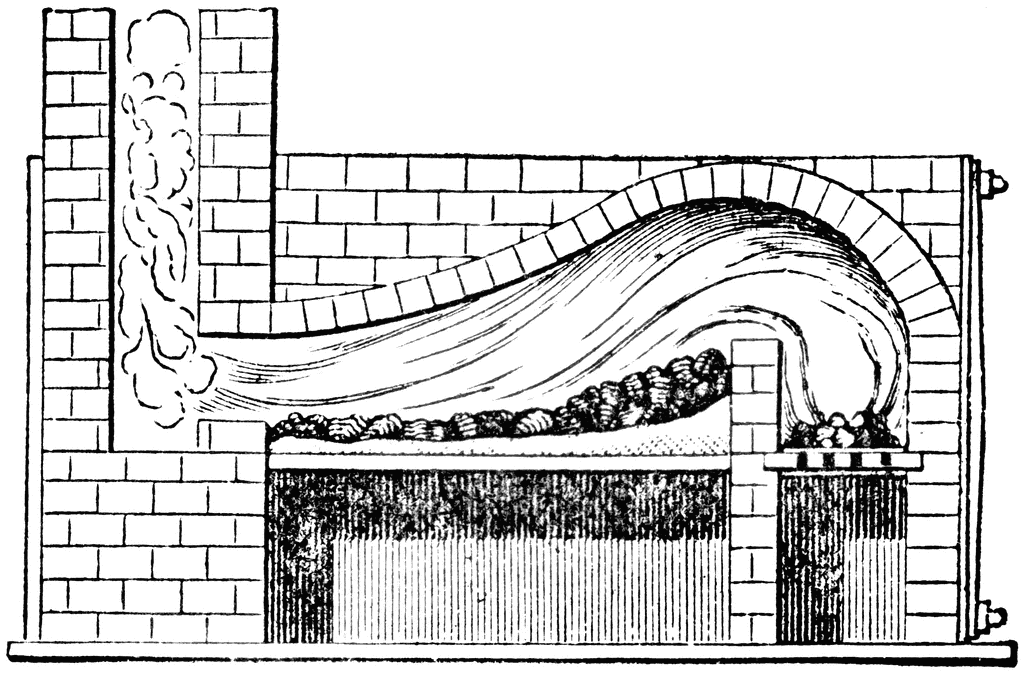
The construction of the ordinary reverberatory furnace is too well known to need detailed description here. It consists of a vaulted chamber, containing the ore; through this chamber, the flames and products of combustion from a reverberatory furnace and a current of air are made to pass in a horizontal direction above the ore, which is […]
Roll Crushing VS Stamp Milling Compared

Comparison between Rolls and Stamps: As the subsequent treatment of an ore determines its method of crushing, no accurate general comparison of stamps and rolls can be made. A comparison is only possible in the special cases where both methods of crushing are applicable. Wet crushing by rolls need not be considered, as it is not […]
Round Buddle
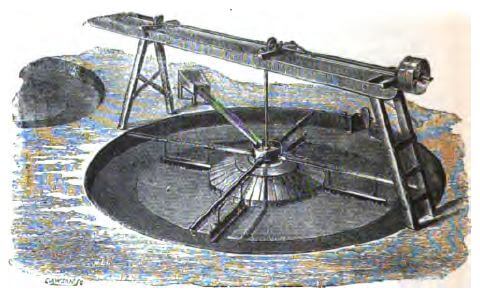
The Round Buddle was invented in Cornwall, where it is still used in dressing the tin ores to the exclusion of almost every other concentrator. There are two varieties. The convex round buddle, in which the ore and water are added at the centre of the machine, and flow down over the surface to the […]
